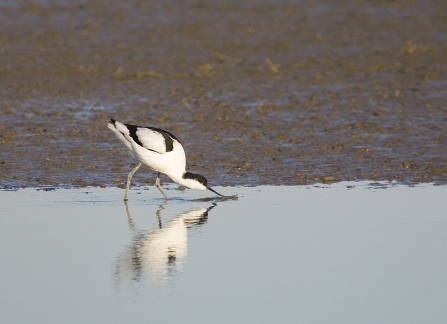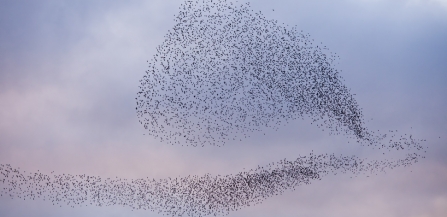Exe Reed Beds
Know before you go
Dogs
When to visit
Opening times
Open at all timesBest time to visit
All year roundAbout the reserve
The Exe Reed Beds nature reserve is home to an amazing array of birds and insects.
Situated in the attractive upper reaches of the Exe Estuary, this site offers wonderful views across the Exe Valley and river.
Ash dieback
The disease ash dieback is now widespread in the UK and is present at many of our nature reserves, so we carry out tree felling across our sites in winter months. For your own safety please observe temporary path diversions and closures.
Where possible we will leave affected ash trees in place to decay naturally as an important habitat for wildlife. We plan to only fell diseased ash trees which pose a threat to people or infrastructure. Before trees are felled, we will check whether any rare or protected wildlife is present. If it is, we will postpone or avoid felling these trees. No felling will take place during the bird nesting season.
DWT’s Saving Devon’s Treescapes project are working with communities, landowners and businesses to help make Devon's precious treescapes more resilient in the face of ash dieback. Find out how you can get involved here.
NOTICE: If you are visiting our reserves, please note that there have been instances of H5N1 Avian bird flu found in birds in Devon. There is very low risk to public health, but we do ask that if you come across any unusual or unexplained bird deaths on or near our reserves please do not touch them and report them to Defra here or call 03459 335577. Please also report your findings to DWT by email at contactus@devonwildlifetrust.org
Habitat
Contact us
Environmental designation
Location map
How to get to Exe Reed Beds

Avocet. Photo, Mike Tuckett
During the winter its mudflats and creeks are important for wildfowl and waders, such as red-breasted merganser, teal and avocet.
In summer Cetti's, sedge and reed warblers all use the reedbed to nest in. Their distinctive calls penetrate their dense surroundings. Swallows, house and sand martins can be seen buzzing over the tops of the reeds collecting insects.

Starling murmuration. Photo, Guy Edwardes/2020VISION
Starling spectacular
Most winters the Exe Reed Beds are the place to see large starling murmurations. The synchronised acrobatic flight displays of these birds each dusk and dawn are one of nature's spectacles. The best vantage point to watch is from the Topsham side of the River Exe or from the footpath that leads from our Old Sludge Beds nature reserve under the M5 motorway bridge.
Exploring the River Exe
Access to the Exe Reed Beds is limited to views across the nature reserve from the neighbouring Exeter Ship Canal towpath. The River Exe Wild Walk links this nature reserve with our nearby Old Sludge Beds Nature Reserve and Cricklepit Mill. It's a great way to begin to explore the wildlife riches of the River Exe.
Train lines and a cycle path running along both sides of the Exe Estuary, cafes and pubs and regular ferries make this area one of the most accessible and most popular parts of Devon.
